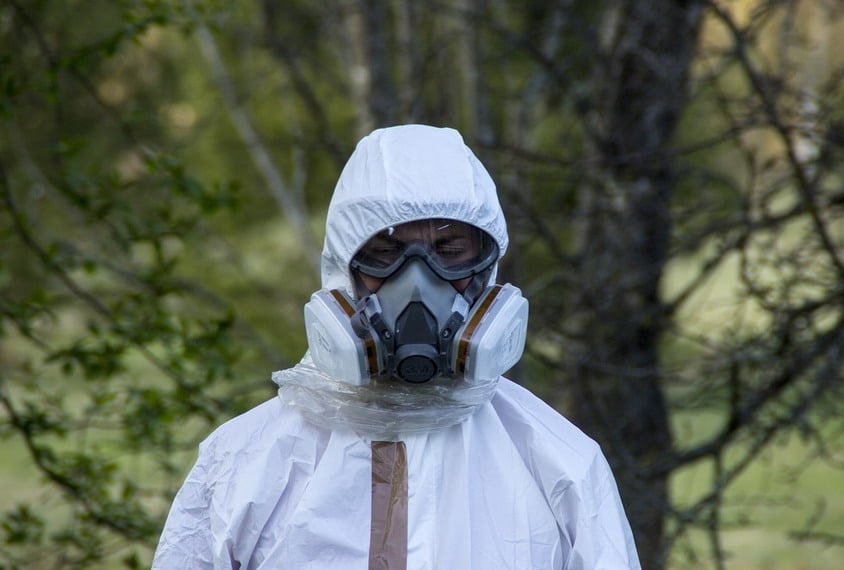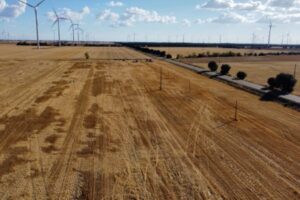What PPE Do You Need For Car Repair?

The events of the last few years have seen an unanticipated increase in the number of car drivers learning to maintain their vehicle themselves. A cross between an inability to visit a mechanic, and a rising cost of living making service fees, especially difficult to swallow, has created a new generation of DIY home car tinkerers. But fixing a car is a dangerous thing – and it pays to be safe.
What Personal Protective Equipment (PPE) You Need When Fixing Your Car?
Respiratory Protection
This kind of Personal Protective Equipment (PPE) is not the most commonly-required when it comes to repairing your car – but there are some specific use cases in which it is not only important, but could well be life-saving.
Certain repair tasks can involve the generation of microparticles or toxic fumes, necessitating the use of a filter mask to remove the possibility of inhalation. These tasks include changing your brakes (which can expose you to dangerous brake dust), engaging with your exhaust or catalytic converter (which can result in soot and rare earth metal inhalation) and any chemical bonding work which could release toxic fumes.
Noise Protection
Loud noises are part and parcel of car repair, whether working in close proximity to a running engine or using loud power tools such as impact drivers. As such, it is important to take care of your ears while working at volume, to prevent the onset of tinnitus. Earmuffs are efficient at blocking out sound, while silicone earplugs are less liable to fall out and can retain clarity for conversations.
Head Protection
Head protection is paramount for if your car is at height, and you’re working underneath. A polyethylene hard hat will protect your skull from fumbled or falling car parts from the chassis, and enable you to work with confidence and peace. A welding mask is also a form of head protection, keeping you safe from flying sparks and superheated metal.
Foot Protection
Repairing a vehicle involves the use and proximity to a variety of heavy and unwieldy objects – including the car itself. Crushing your foot is one of the easiest ways to cause you harm in a workshop. As such, it’s important to invest in good safety footwear, whether PVC or steel toe-capped worker’s boots, or safety shoes for workshop visits.
Eye Protection
PPE is vital to protect you from potential injury, and your eyes are the most vulnerable part of your body when it comes to fixing your car. They can be harmed by the white-hot light of welding torches, by corrosive materials used in bodywork treatment, brake fluids and battery packs, by dangerous dust particles and by shrapnel – making the use of eyewear at all times paramount – especially so when working with power tools such as angle grinders.
Protective Clothing
Protection doesn’t stop at the extremities. Mechanics wear boiler suits for more than just the useful pockets; boiler suits are often flame-retardant and hard-wearing, making it difficult to sustain burn injuries and nasty cuts from working on a car. The complete coverage a boiler suit gives can also protect you from dangerous liquids, such as battery acid and brake fluid.
Personal Protective Equipment (PPE) Standards
When dealing with cars, you always need to be sure that you follow the proper PPE or Personal Protective Equipment standards.
There are a lot of different types of PPE standards or requirements to ensure not just a safe and proper repair, but a safe and proper health cautions for you and maybe your employees.
PPE is obviously considered a very important topic in any industry because when dealing with car repairs, you can also deal with hazardous materials, which can harm you.
PPE for Welding
In case you need to do some welding, you are going to need welding gloves and a welding respirator specifically made for welding. The respiratory device helps you to avoid inhaling those toxic fumes produced when welding (zinc or galvanized components) and provides you with fresh air even when you have to do some welding during a car repair.
In terms of eye protection, you have to use a welding helmet.
PPE for Cutting, Drilling and Grinding
When cutting, drilling and grinding, make sure that you use gloves to protect your hands, and eye protection such as safety glasses or a face shield.
When applying chemicals like seam sealer and weld through primer always use gloves. These are disposable gloves that are used by welders and also by painters, especially when mixing the paint and applying it.
The gloves used by these technicians are considered consumables (they are different than welding gloves), so welding gloves are used multiple times, while the consumable gloves are used only one time.
PPE for Painting
If you have to do some painting, you definitely need to use a respirator (dust mask), but always be sure that the old filters of the device have been replaced with new and clean ones.
The filters used by the respiratory device can give you roughly about 40 hours of working. When you store your dust mask, never put it on a shelf (to keep it away from dust), and always use a sealed bag.
How to Store Your Dust Bag
In the refinished world, the best way to go is going to be air supply. It is critical to make sure that you keep your filters changed out all the time because the device sucks out all the air around you, and if the filters are dirty, they will become less effective in filtering the air full of toxic fumes, dust, dangerous chemicals, etc.
If you don’t want to use a sealed bag to store your dust mask, try to use sealed containers or anything else that is sealed from the outside air.
If you don’t plan to repair the car yourself, you have to know that the shop where you repair your vehicle, must use these PPE even if we talk out paint companies, welding companies, equipment companies, etc. so if you find this kind of items on your repair bill be sure that is normal to find them there.







